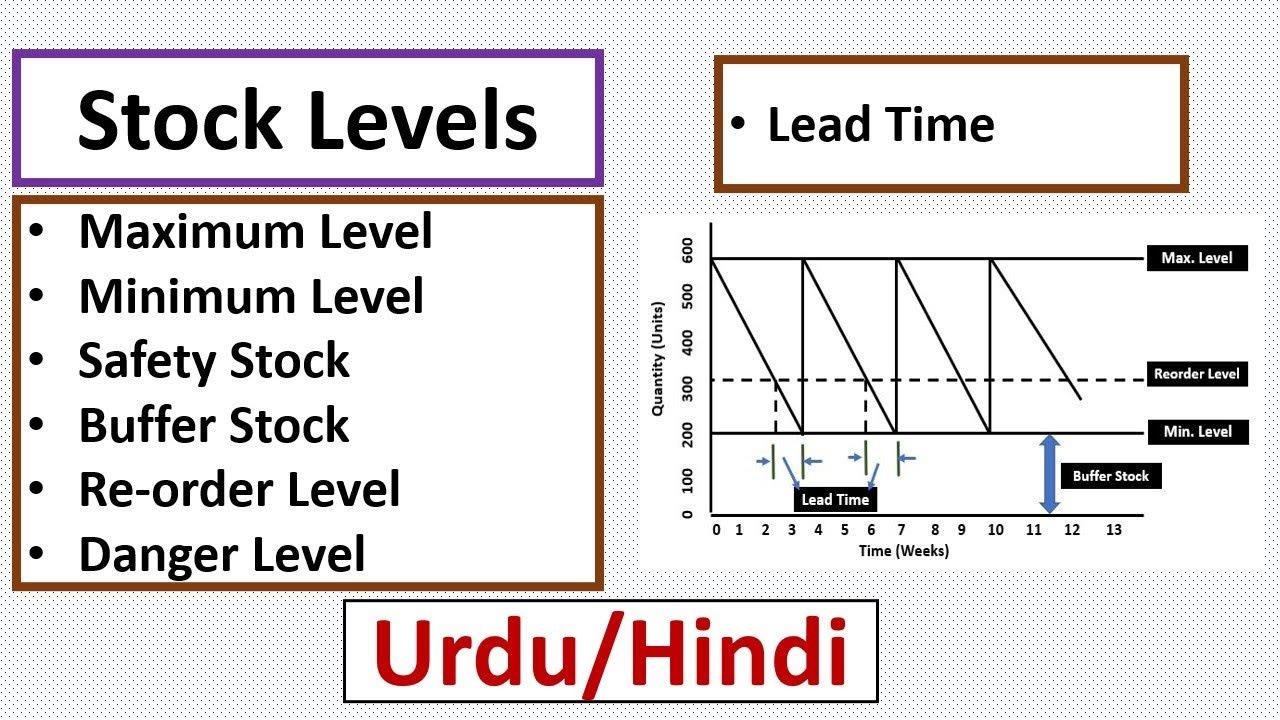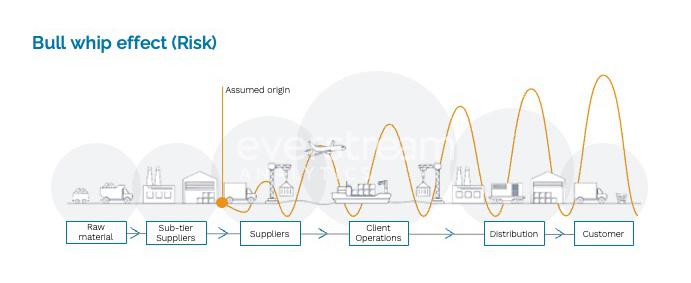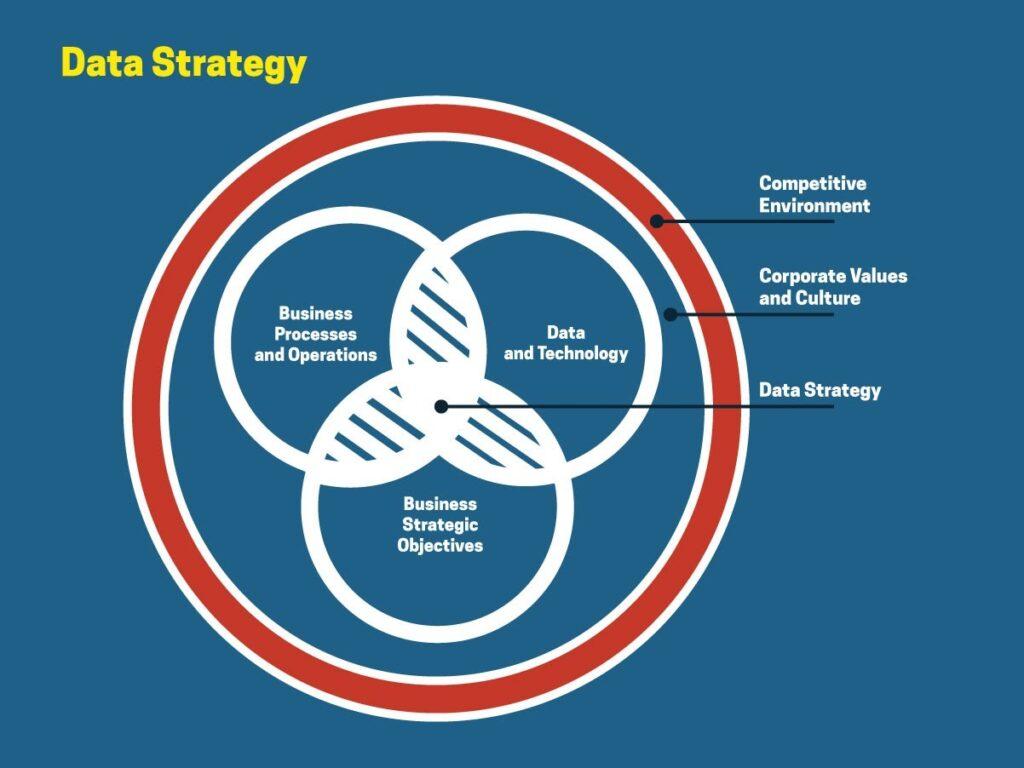In the dynamic realm of e-commerce, where digital storefronts are as vital as the products they showcase, inventory management has evolved into a cornerstone of success. As online retailers grapple with ever-changing consumer demands, fluctuating supply chains, and the relentless pace of technological advancement, mastering e-commerce inventory has never been more crucial. This article delves into innovative strategies that not only streamline inventory processes but also enhance operational efficiency and customer satisfaction. Whether you’re a seasoned entrepreneur or a budding online seller, understanding the nuances of inventory management can empower your business to thrive in a competitive landscape. Join us as we explore the essential techniques and tools that can transform your inventory management into a strategic advantage, paving the way for sustained growth and success in the digital marketplace.
Optimizing Stock Levels for Peak Performance
Effective inventory management is crucial for e-commerce success, especially when it comes to meeting customer demand while avoiding overstock situations. To optimize stock levels, businesses should analyze sales data regularly to identify patterns and trends. Implementing a just-in-time inventory system can significantly enhance efficiency, minimizing holding costs and ensuring that products are available when customers want them. It’s also beneficial to categorize stock based on sales velocity—high, medium, and low—so that you can make informed decisions on reorder points and necessary adjustments.
Utilizing advanced forecasting techniques that leverage algorithms and historical data can refine inventory strategies further. Key methods to consider include:
- Seasonal Adjustments: Anticipate spikes in sales during specific times of the year.
- Collaborative Planning: Work with suppliers to align schedules and inventory needs.
- Automated Reordering: Use technology to trigger restocks based on set thresholds.
Additionally, tracking key performance indicators (KPIs) like inventory turnover rate and fill rate will provide insights into your stock levels’ effectiveness. By employing these strategies, you will not only enhance customer satisfaction through prompt fulfillment but also maintain a healthy bottom line.
| Stock Category | Sales Velocity | Reorder Point |
|---|---|---|
| High Demand | Fast | Weekly |
| Medium Demand | Moderate | Bi-weekly |
| Low Demand | Slow | Monthly |

Leveraging Technology to Enhance Inventory Management
In today’s fast-paced e-commerce landscape, businesses must embrace technology to streamline their inventory management processes. Automated inventory management systems can reduce manual errors and increase efficiency by enabling real-time tracking of stock levels. By integrating tools such as Barcode Scanners and RFID technology, retailers can keep accurate records of inventory movement and improve order fulfillment speed. Furthermore, incorporating data analytics offers valuable insights into purchasing trends, allowing businesses to anticipate demand and optimize stock levels accordingly.
Moreover, leveraging cloud-based solutions provides significant advantages for managing inventory remotely. With access to centralized data, teams can collaborate seamlessly, regardless of location, ensuring that everyone has the most up-to-date information. Consider implementing a system that offers dozens of integrations with e-commerce platforms, enabling easy access to inventory data across various sales channels. To illustrate the impact of technology on inventory management, consider the following comparison:
| Technology | Benefits |
|---|---|
| Barcode Scanning | Quick data capture reduces human error and speeds up processing. |
| RFID Systems | Improves accuracy and visibility of inventory throughout the supply chain. |
| Cloud Solutions | Facilitates remote access and real-time updates for all team members. |
| Data Analytics | Helps forecast demand and make informed purchasing decisions. |

Crafting a Responsive Supply Chain for E-Commerce Success
In today’s dynamic e-commerce landscape, a responsive supply chain is essential for maintaining a competitive edge. To thrive, businesses must embrace flexibility and speed. This involves establishing a network of suppliers and logistics partners that can quickly adapt to changing consumer demands. Key strategies to ensure responsiveness include:
- Real-time Inventory Tracking: Implement technology that provides up-to-the-minute data on stock levels.
- Diverse Supplier Base: Cultivate relationships with multiple suppliers to mitigate risks associated with supply disruptions.
- Data-Driven Decision Making: Utilize analytics to gain insights into sales trends and consumer preferences.
- Agile Logistics Solutions: Partner with logistics companies that offer flexibility in shipping options and delivery times.
Moreover, understanding the impact of market trends on inventory is pivotal. Businesses should continuously analyze sales performance and forecast demand accordingly. To streamline this analysis, consider organizing your data in a visual format for clarity:
| Month | Sales Forecast | Actual Sales | Stock Adjustment Needed |
|---|---|---|---|
| January | $10,000 | $12,000 | Increase |
| February | $8,000 | $7,500 | Decrease |
| March | $15,000 | $14,000 | Increase |
By regularly assessing and adjusting inventory levels based on these analyses, e-commerce businesses can position themselves for sustainable growth and enhanced customer satisfaction.

Implementing Data-Driven Strategies for Forecasting Demand
In the world of e-commerce, integrating data-driven approaches for demand forecasting can significantly streamline your inventory management and enhance your overall operational efficiency. By leveraging historical sales data, customer behavior analytics, and market trends, businesses can gain invaluable insights into their inventory needs. Consider adopting the following data-driven techniques to refine your forecasting strategies:
- Time Series Analysis: Use historical sales data to identify seasonal trends and adjust inventory levels accordingly.
- Machine Learning Models: Implement algorithms that can learn from data patterns to predict future demand with high accuracy.
- Customer Segmentation: Analyze customer purchasing behavior to tailor stock levels based on specific target demographics.
An effective approach to forecasting demand involves not only analyzing past and present data but also integrating external factors such as market conditions and promotional activities. Establishing a comprehensive dashboard can help visualize these components, aiding in quicker decision-making. For a clear snapshot of your forecasting metrics, consider utilizing a simple table:
| Metric | Current Value | Forecast Value (Next Quarter) |
|---|---|---|
| Average Monthly Sales | 1,200 Units | 1,500 Units |
| Stock Turnover Ratio | 6 times | 8 times |
| Customer Retention Rate | 75% | 80% |
In Conclusion
As we wrap up this exploration of mastering e-commerce inventory, it’s clear that effective inventory management is not merely a backend operation—it’s the heartbeat of your online business. By implementing the strategies outlined in this article, from leveraging technology and data analytics to adopting just-in-time practices and nurturing supplier relationships, you equip your enterprise with the tools needed to thrive in a competitive landscape.
Remember, the journey doesn’t end here. The world of e-commerce is in constant flux, and staying adaptable is key. By continuously monitoring trends, refining your processes, and embracing innovation, you’ll not only safeguard your inventory but also elevate your customer experience and drive growth.
So, take these insights to heart, and step confidently into the realm of successful e-commerce inventory management. Your thriving business awaits!



